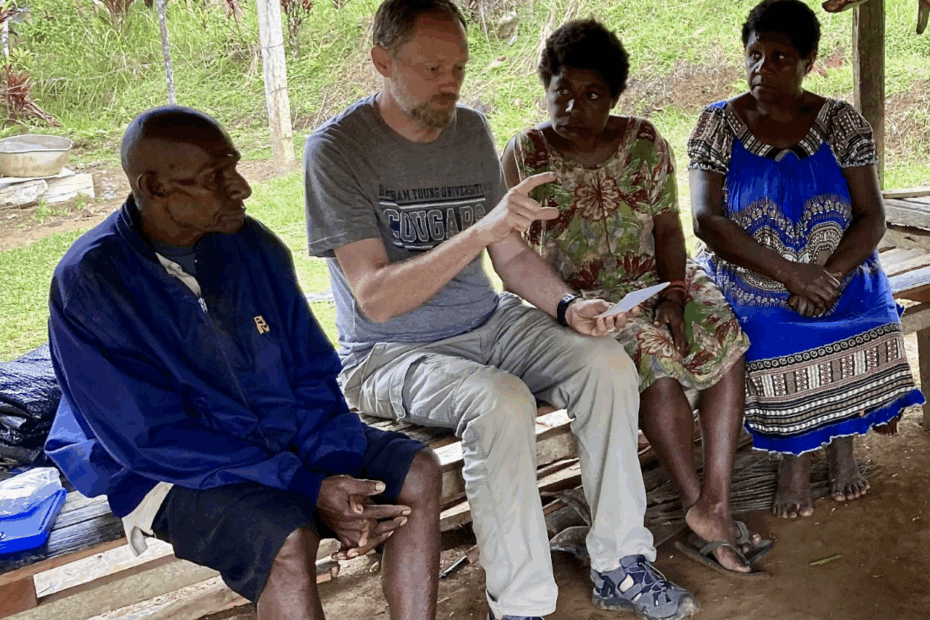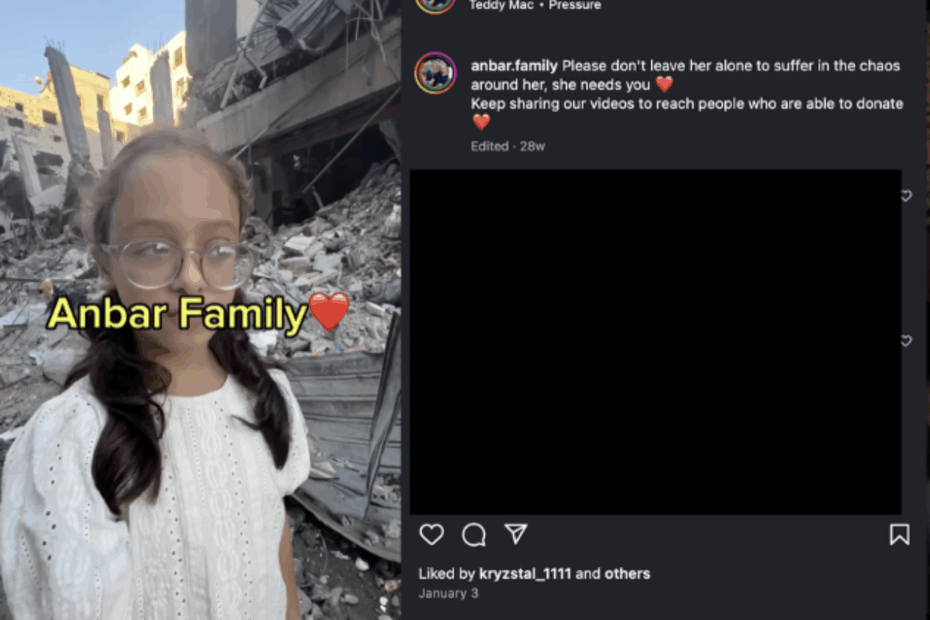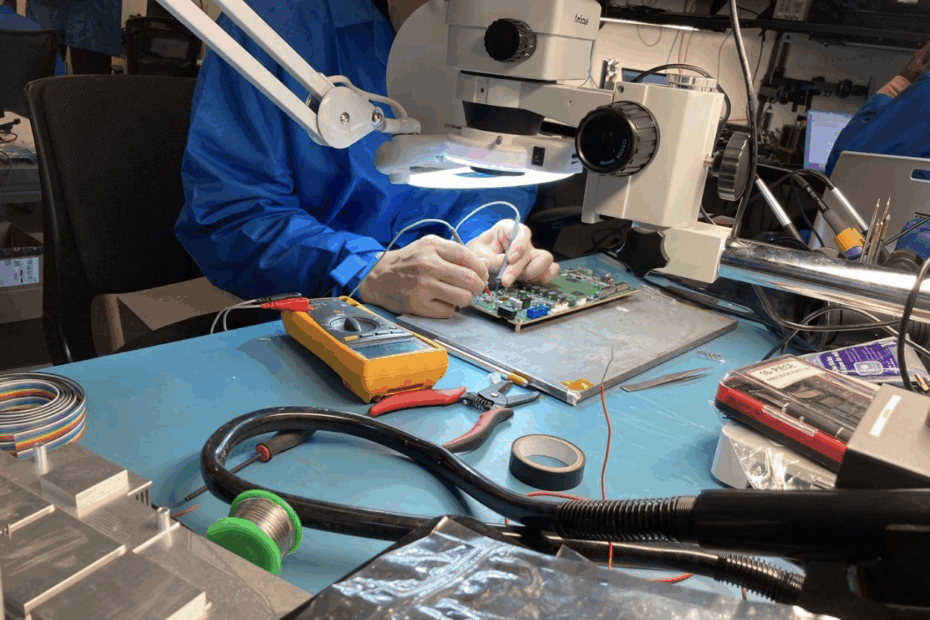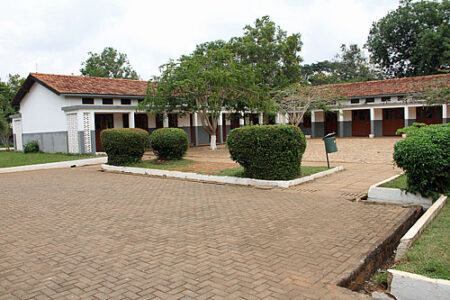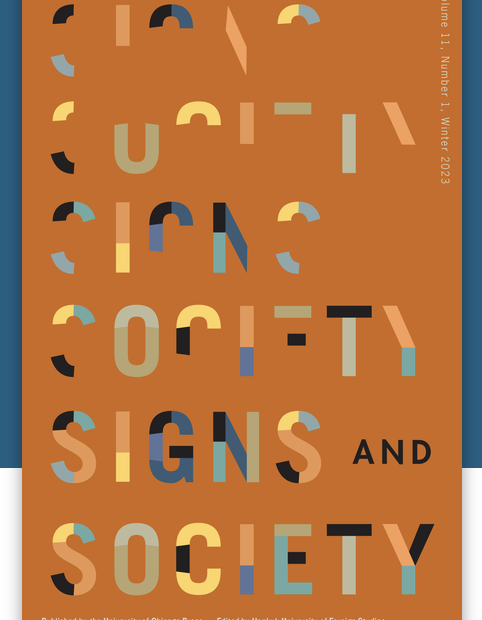Among the four primary subfields of American anthropology, linguistic anthropology is arguably the least widely recognized and practiced globally (even as it overlaps in significant ways with fields such as applied sociolinguistics and linguistic ethnography that are more commonly practiced outside the United States). That said, scholars around the world are interested in the theoretical insights and methodological approaches the subfield offers. I, Erika Hoffmann-Dilloway, am a US based linguistic anthropologist whose research has taken place primarily in Nepal. Last year, I had the opportunity to participate in not only the linguistic anthropology of Nepal but also an emerging Nepali linguistic anthropology, when Professor Janak Rai of Tribhuvan University (TU) invited me to contribute to a series of curriculum development workshops aimed at supporting local scholars who are teaching and practicing the subfield. During that trip I also had a chance to visit Professor Nishaant Choksi, a linguistic anthropologist based at the Indian Institute of Technology, Gandhinagar (IITG). Recently, the three of us met over zoom to discuss the challenges and benefits of cultivating the study of linguistic anthropology at their institutions along with the potential promises and pitfalls of subfield-focused collaboration within and across the Global North and South.
